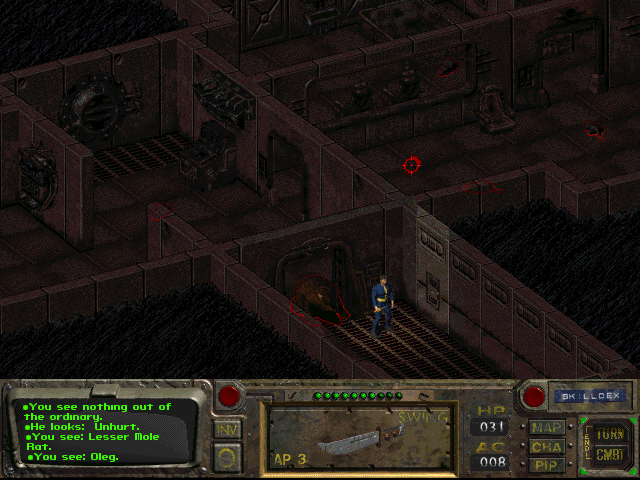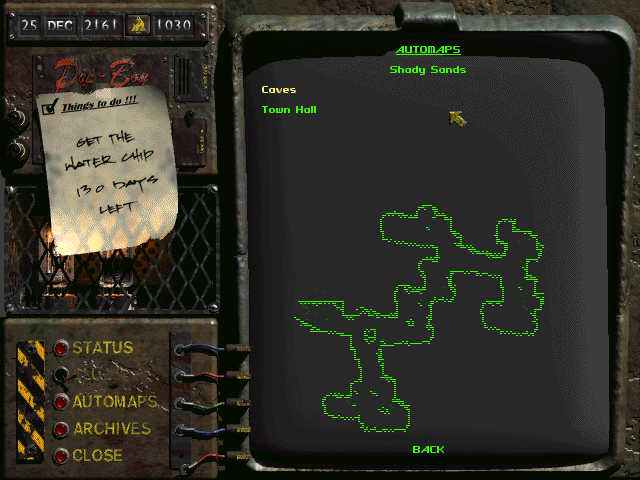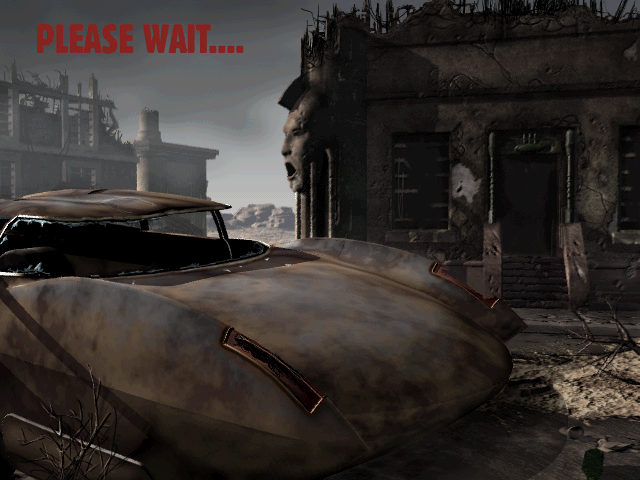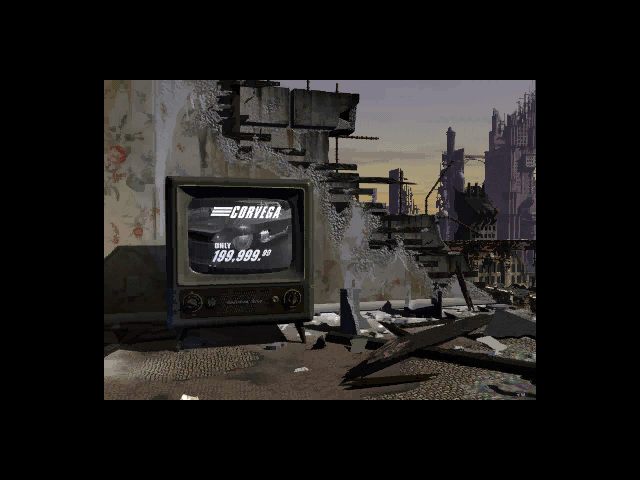Retro Replay Review
Gameplay
Fallout’s gameplay stands out with its deep role-playing mechanics built around the S.P.E.C.I.A.L. character system—Strength, Perception, Endurance, Charisma, Intelligence, Agility, and Luck. From the moment you customize your Vault 13 survivor, every decision shapes how you interact with the world. Do you pump points into Speech and Barter to talk your way through danger, or invest in Big Guns and Melee to blast your problems away? This flexibility ensures no two playthroughs feel the same.
(HEY YOU!! We hope you enjoy! We try not to run ads. So basically, this is a very expensive hobby running this site. Please consider joining us for updates, forums, and more. Network w/ us to make some cash or friends while retro gaming, and you can win some free retro games for posting. Okay, carry on 👍)
The turn-based combat system gives every encounter strategic weight. With a limited pool of Action Points per turn, you must carefully choose whether to move, target an enemy’s limb, or use a healing item. Targeting specific body parts—shooting off an adversary’s arm to prevent attacks or crippling legs to slow pursuit—adds a layer of tactical depth rarely seen in contemporary titles. Companions can join your party, offering backup fire or skill checks, though their AI-driven behavior means you must plan around their unpredictable actions.
Exploration and quest design form the backbone of Fallout’s gameplay loop. The vast wasteland is open from the outset, littered with hidden stashes, mutated wildlife, and settlements in need of aid. While only a handful of missions drive the main narrative forward, dozens of side quests reward creativity: you might engineer a peaceful resolution between feuding groups using Science and Speech, or succumb to a gun-heavy playstyle and leave a trail of scorched ruins. The Karma system tracks your moral choices, influencing NPC attitudes and eventual endings.
Graphics
Released in 1997, Fallout’s isometric visuals strike a balance between detail and clarity. Pre-rendered backgrounds depict a desolate post-nuclear world, full of rusted machinery, collapsed buildings, and barren deserts. The muted color palette—dominated by browns, grays, and sickly yellows—reinforces the sense of decay while still allowing key items and characters to stand out on screen.
Character sprites and environmental objects are surprisingly expressive given the era. Mutated scorpions rear their pincers menacingly, while raiders glare threateningly, making each encounter visually distinct. The user interface, though dated by modern standards, remains intuitive: health and action points are clearly displayed, and the Pip-Boy menu provides a nostalgic feel that veteran players will immediately recognize.
Despite its age, Fallout’s art direction holds up as a stylistic classic. Weather effects—dust storms, acid rain—are hinted at through clever use of color overlays, and lighting transitions between interior vault corridors and the harsh daylight of the wasteland accentuate mood shifts. Texture detail may not rival today’s standards, but the game’s gritty aesthetic continues to engage players seeking atmosphere over photorealism.
Story
The narrative thrust of Fallout begins when the water purification chip in Vault 13 fails, thrusting its inhabitants into crisis. As the Chosen One, you are sent into the irradiated wasteland with a 150-day deadline to locate a replacement part. This urgent premise provides clear motivation, but the world you step into is anything but linear—every town has its own conflicts, legends, and loyalties.
Dialogues are text-heavy but rich, offering multiple paths to resolve disputes—bribe a local leader, unlock a stolen vault door with Science, or intimidate foes using high Speech skill. Key characters reveal snippets of pre-war history and human resilience, painting a picture of societies rebuilding amid constant threats. Since your actions carry weight in the Karma system, decisions resonate beyond a single quest, altering NPC behavior and the storyline’s closing chapters.
Endings vary based on how you balance altruism against self-interest. Do you deliver water to Vault 13 at any cost, or exploit the Vault’s vulnerability for personal gain? Side stories—such as helping a Brotherhood of Steel patrol or assisting raider gangs—further branch the narrative, ensuring that Fallout’s tale remains compelling through multiple replays. The absence of full voice acting is filled by evocative writing and memorable NPC personalities.
Overall Experience
Fallout remains a landmark in isometric RPG design, offering unparalleled freedom in character development and quest resolution. Its open-world structure invites players to wander off the beaten path, discovering hidden dangers and rewards around every corner. Even decades after release, the sense of adventure and consequence holds strong.
While newcomers may find the interface and pacing a bit slow compared to modern action RPGs, patience is handsomely rewarded. Learning to manage Action Points effectively, mastering the S.P.E.C.I.A.L. system, and exploring the depths of every settlement become deeply satisfying over time. Companion quests and diverse side missions add hours of content beyond the main storyline.
In the end, Fallout delivers an immersive post-apocalyptic journey defined by player choice. Its sturdy mechanics, atmospheric art style, and morally complex narrative combine to create an experience that stands the test of time. For those seeking a challenging, choice-driven RPG with a distinctive retro charm, Fallout is a must-play classic.
 Retro Replay Retro Replay gaming reviews, news, emulation, geek stuff and more!
Retro Replay Retro Replay gaming reviews, news, emulation, geek stuff and more!









Reviews
There are no reviews yet.